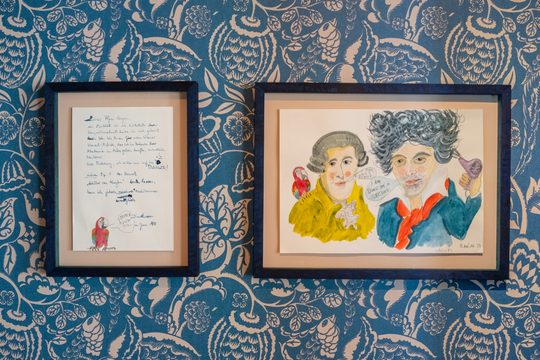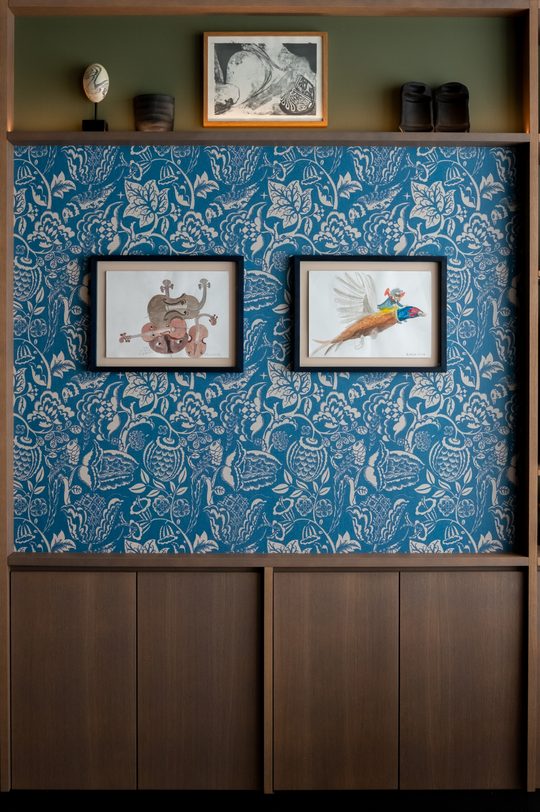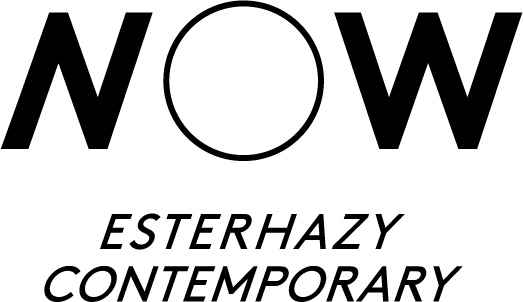Independent Musicians and Instruments

HERBSTGOLD festival in Eisenstadt is regularly accompanied by contemporary artworks created as commissions from the Esterhazy Foundations. These works are developed by different artists in response to the festival's theme each year.

In 2020, the theme was Traditions, focusing on Haydn, Classical music, and the diversity of musical forms. For this occasion, Katrin Plavčak installed a more than six-meter-high pneumatic sculpture in the shape of a large, colorful parrot with a wig on its head, perched on a bass drum outside Schloss Esterházy. On one side of the drum, the phrase “Roll Over Haydn” appeared, and on the other side, “Roll Over Beethoven.”
The motifs for Plavčak's sculpture were multifaceted. On one hand, music itself can be seen as a pneumatic sculpture, dissipating into the air as it releases its vibrations. On the other, Plavčak addressed the dynamic between musical instruments and band formations, as well as the student-teacher relationship in music history.
The latter, as is well known, was not always harmonious: Beethoven, who had travelled to Vienna in November 1792 to study composition with Haydn for about a year, allegedly complained that Haydn was unwilling to learn anything from him. The shape of the bass drum, meanwhile, became widely known in the 18th century through Turkish Janissary music. Both Haydn and Beethoven used it repeatedly for dramatic effects. However, it only truly became popular as the "Bass Drum" in rock music, which in turn continued the string quartet formation that Haydn had popularized. The inscription on the drum paraphrases Chuck Berry's 1956 song “Roll Over Beethoven,” which addresses the musical generational shift from classical music to rock ‘n’ roll.
The series Independent Musicians and Instruments extends the various motifs of the sculpture. In one drawing, the generational conflict between Haydn and Beethoven is captured through their hair: Haydn, known for his neat wig, contrasts with Beethoven, famous for his unruly hair. Another drawing depicts Haydn playing the piano with his favorite pet parrot, which he brought back from one of his London trips. In another scene, a small Beethoven-devil rides through the air on a pheasant. The squawking bird, once native to Asia, seems to serve as a metaphor for the startling novelty of Beethoven’s music. Yet another drawing shows the instruments of a string quartet coming to life and nestling together, visually expressing the dynamic and unique aesthetics of any musical instrument or ensemble.

